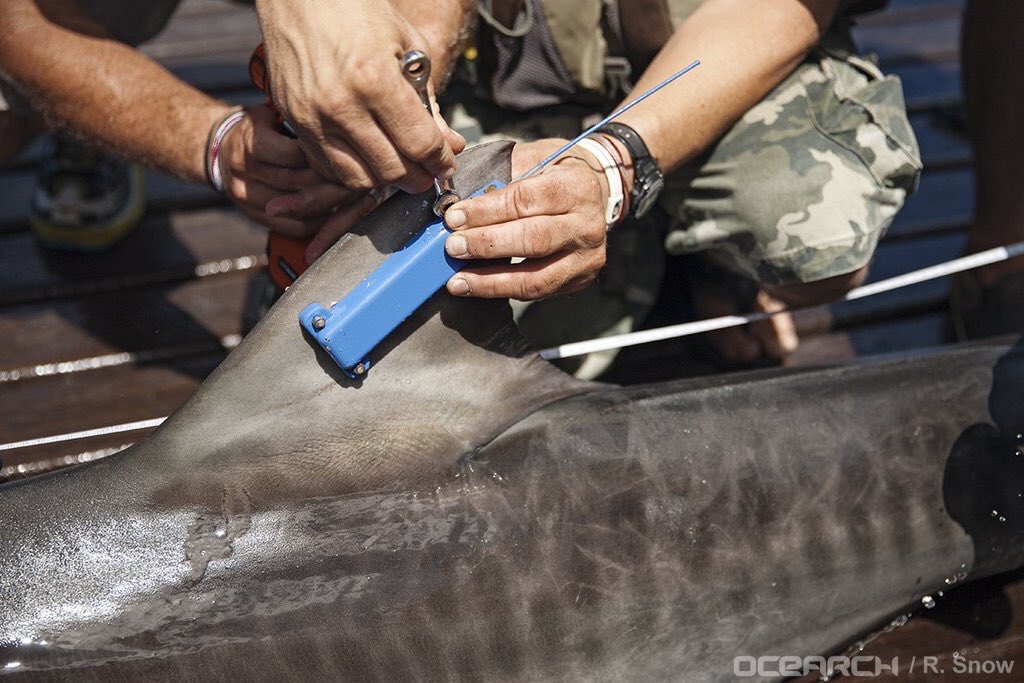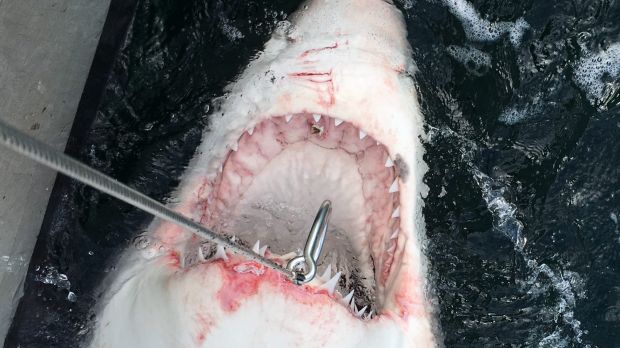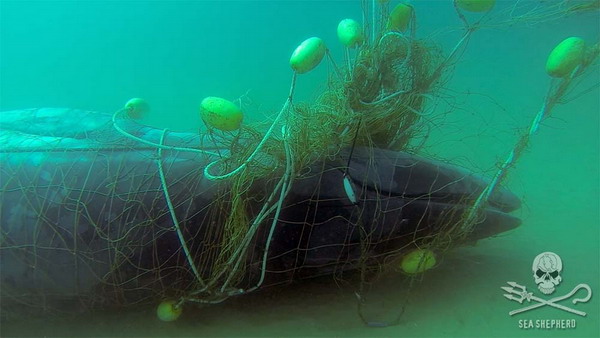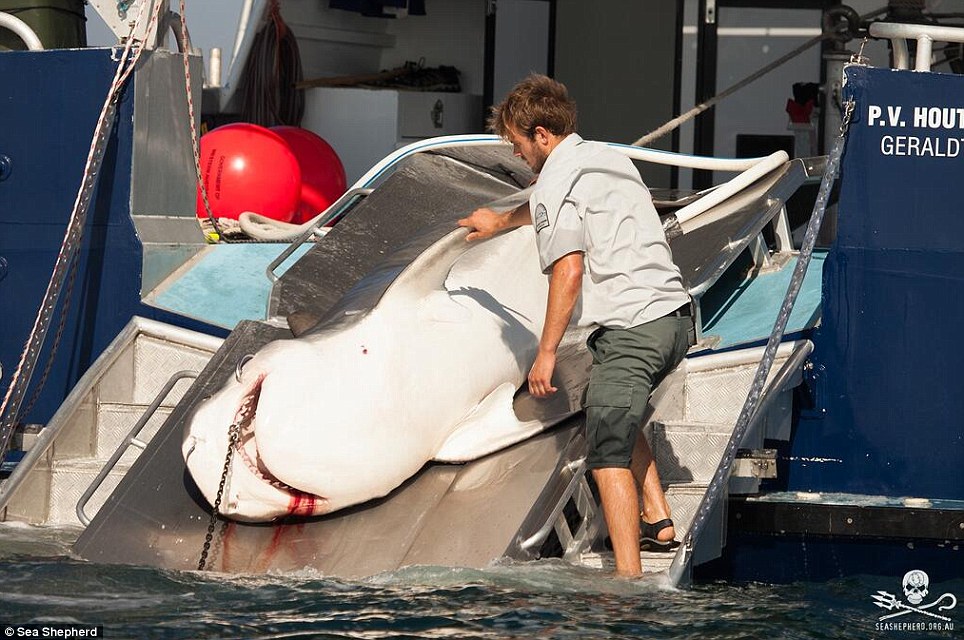Ballina MP Tamara Smith disagrees with shark cull.
Smith, a member of the New South Wales Legislative Assembly, represents the Greens party. While she offered sympathy to shark bite victim Cooper Allen, she believes there is a better path to sustaining ocean-goers and marine life off the Australian coast.
“Although people may see culling and meshing as a quick fix, culling does not prevent shark attacks from occurring, and installing a shark net in our region would very likely lead to large numbers of dolphin deaths and to even get a net would involve a long legal process,” she told The Northern Star.
“I thank the Minister for Primary Industries and the Premier for their temperance around this issue.
“I will be pursuing with the Minister a feasibility study for shark spotting at Lighthouse Beach.
“This would give us coverage for seven hours a day for beachgoers, and the South African model was ranked number one in the government’s own review of non-lethal shark mitigation strategies.
“Lifesaving in Australia in the last century has been an incredibly effective way to keep beachgoers safe with minimal technology. Shark spotting offers us a similar model.
“I have asked the Minister for Primary Industries, Niall Blair, to provide funding for shark spotting.
“I welcome his non-lethal shark technology approach to this issue and I look forward to continue working with Mr. Blair and the Department of Primary Industries to find ways to enable the public to feel safe at our beaches.”
While shark spotting is definitely a step in the right direction, other methods should be on the table as well.
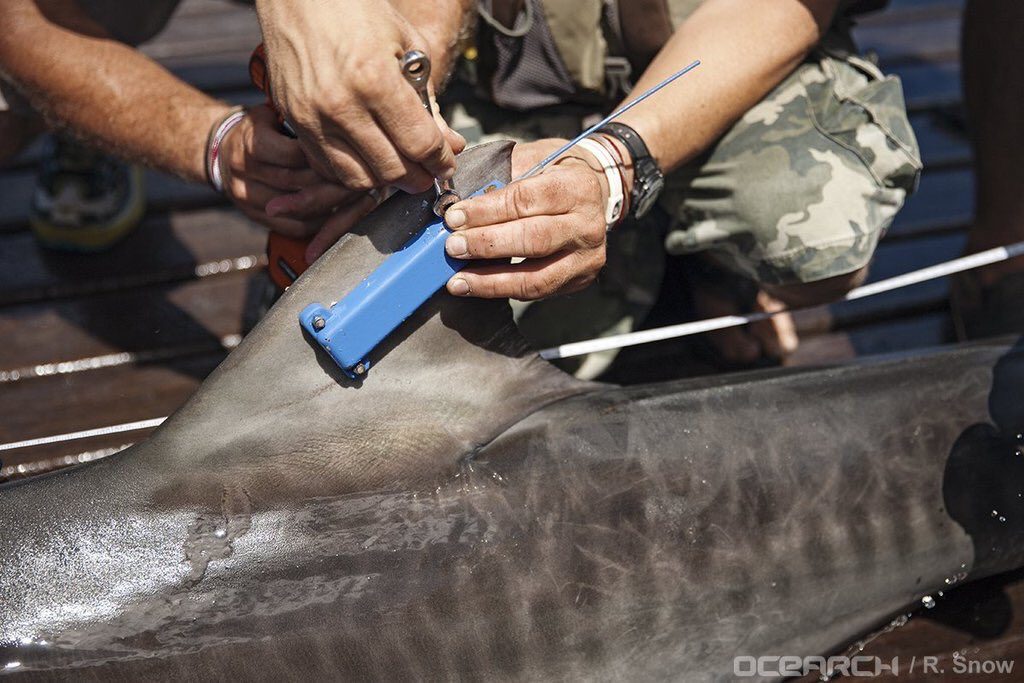
One major assist could come from the SPOT tagging of sharks. While the Department of Primary Industries tags sharks, they appear to be only using acoustic tags.
The acoustic tags transmit a signal which can be picked up by receiving buoys. The biggest issue with the tags is that the tagged shark must be near a receiving buoy to be tracked. If the shark moves to open ocean, there is no way to track where it is or where it’s headed.
SPOT tags have the distinct advantage of sending a signal each time the tag breaks the water’s surface. Once the tag has been above water for 90 seconds, a signal is transmitted to a satellite and the location can be documented.
OCEARCH has used the tags across the globe, and has tagged several sharks in Australia. In addition, the group has tagged multiple great white sharks in the United States.
The information gathered from SPOT tags could be used to find out where the sharks spend time and their migration patterns. With that information, government officials and scientists could make better assessments as to how to reduce human and shark interactions.
